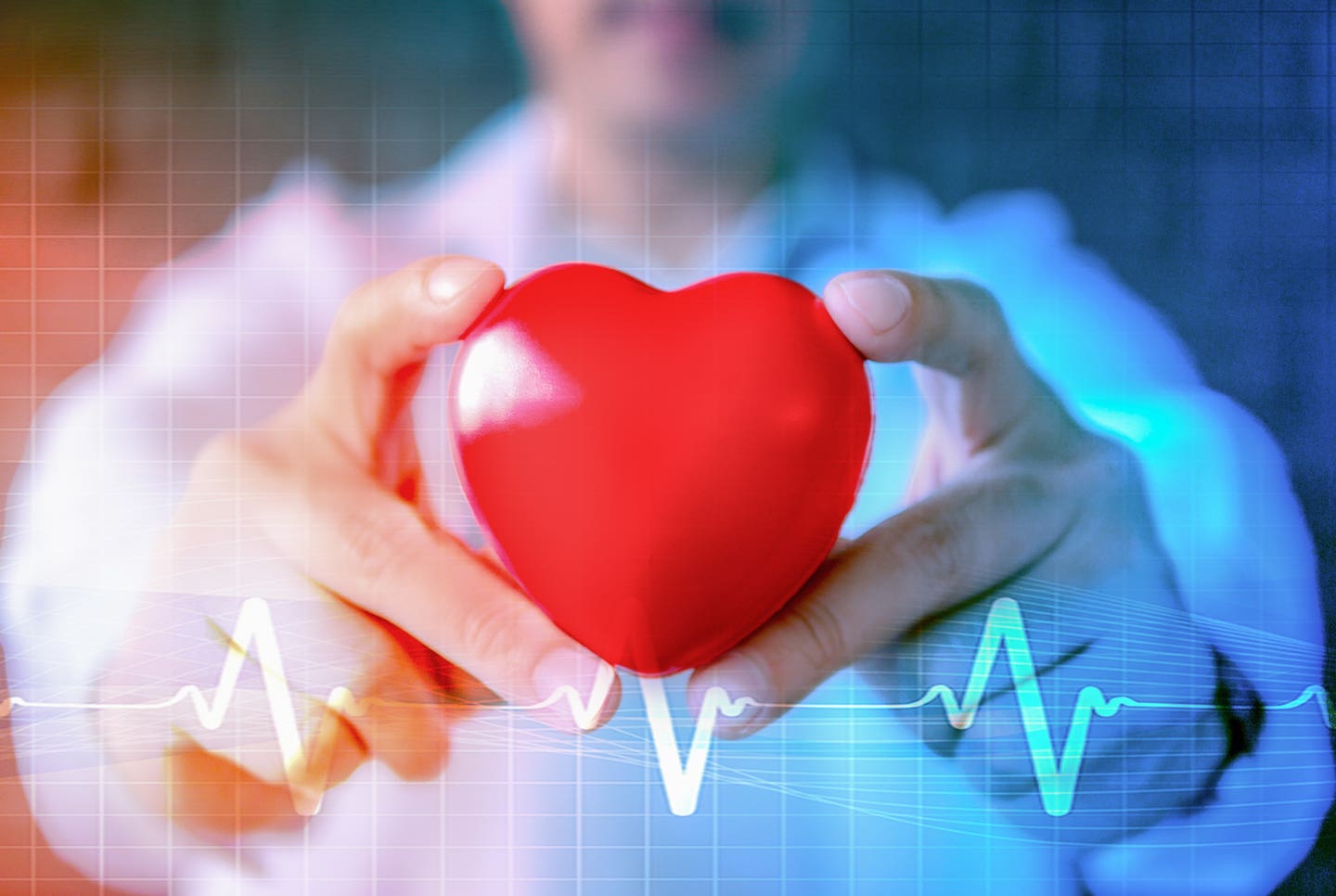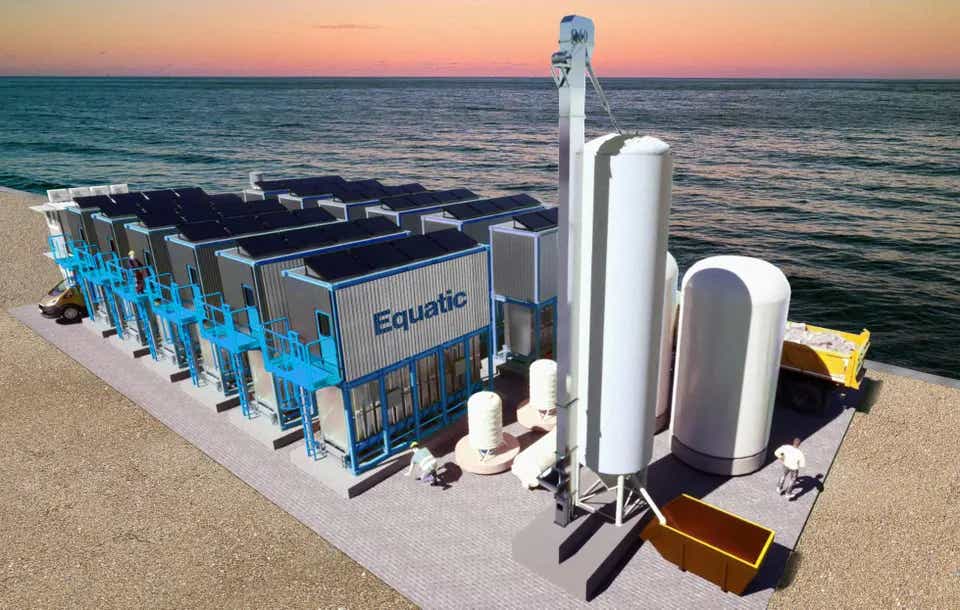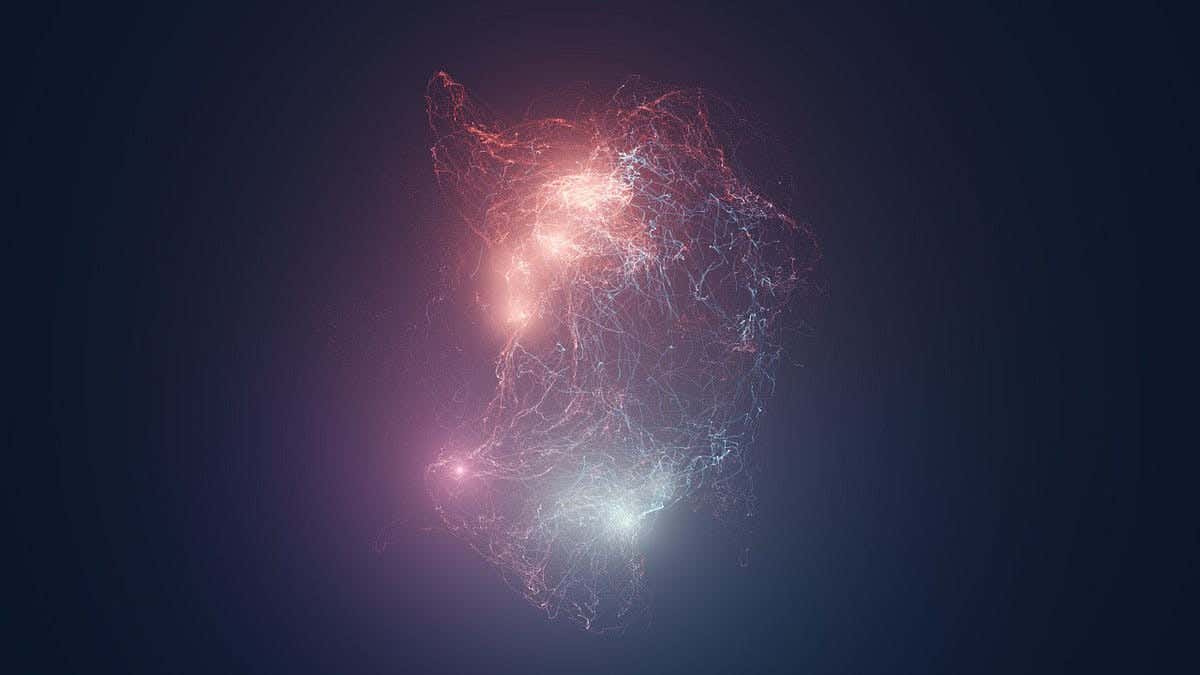The human heart can repair itself, and we now know how
A new study has revealed that the immune response system and the lymphatic system of the body are crucial in the heart’s ability to repair.

[June 1, 2022: Kristofor E. Glinton, Northwestern University in Illinois]
A new study has revealed that the immune response system and the lymphatic system of the body are crucial in the heart's ability to repair itself after a cardiac arrest. (CREDIT: Getty Images)
Scientists have been researching how the heart repairs itself after an attack. A new study has revealed that the immune response system and the lymphatic system of the body are crucial in the heart's ability to repair itself after a cardiac arrest, which leads to the damaging of a cardiac muscle.
The study found that this function is performed by macrophages- which are specialized cells that can eliminate bacteria or can generate inflammation responses that are beneficial for the human heart.
Macrophages release a specific protein called VEGFC, which acts as the first responders after a cardiac arrest. The researchers have found that the macrophages, or the immune cells not only rush to the heart after a cardiac arrest to "eat" injured or dead tissue, but they also produce Vascular Endothelial Growth Factor C (VEGFC), which helps in healing by triggering the development of new lymphatic capillaries.
The researchers have termed this as a "Jekyll and Hyde" situation, in which the 'good' macrophages produce VEGFC. In contrast, the bad macrophages do not produce VEGFC but cause a pro-inflammatory response that can cause harm to the heart and the tissues surrounding it.
Related Stories
Macrophages play a vital role in a process known as efferocytosis, in which the dying cells have to be cleared away in order for the heart to heal itself fully. Scientists made this discovery after studying the process in lab cells and animals.
Edward Thorp, a pathologist from the Northwestern University in Illinois, said, "We found that macrophages, or immune cells that rush to the heart after a heart attack to 'eat' damaged or dead tissue, also induce vascular endothelial growth factor C (VEGFC) that triggers the formation of new lymphatic vessels and promotes healing". "Our challenge now is to find a way either to administer VEGFC or to coax these macrophages to induce more VEGFC, in order to speed the process of heart repair."
Guillermo Oliver, a Vascular Scientist at Northwestern University, said that they were trying to figure out how heart failure developed after a cardiac arrest so that they can intervene earlier and repair the heart faster.
Following a heart attack, people are at high risk of heart failure, which occurs when the heart cannot pump blood around the body. Modern drugs such as beta-blockers can reduce this risk, but it still exists.
Despite advances in our understanding of how cardiovascular disease is caused, and improvements in how we can detect heart problems earlier, heart failure continues to kill hundreds of thousands of people a year in the United States.
It is hoped that studies like this one will shed more light on the biological processes that occur in response to a heart attack - specifically, how efferocytosis is used to activate the VEGFC protein needed to repair heart muscle.
Note: Materials provided above by Northwestern University in Illinois. Content may be edited for style and length.
Like these kind of feel good stories? Get the Brighter Side of News' newsletter.
Tags: #New_Discoveries, #Medical_News, #Heart_Disease, #Heart_Attack, #Research, #Science, #Lymph_Nodes, #Cells, #The_Brighter_Side_of_News
Joseph Shavit
Head Science News Writer | Communicating Innovation & Discovery
Based in Los Angeles, Joseph Shavit is an accomplished science journalist, head science news writer and co-founder at The Brighter Side of News, where he translates cutting-edge discoveries into compelling stories for a broad audience. With a strong background spanning science, business, product management, media leadership, and entrepreneurship, Joseph brings a unique perspective to science communication. His expertise allows him to uncover the intersection of technological advancements and market potential, shedding light on how groundbreaking research evolves into transformative products and industries.



